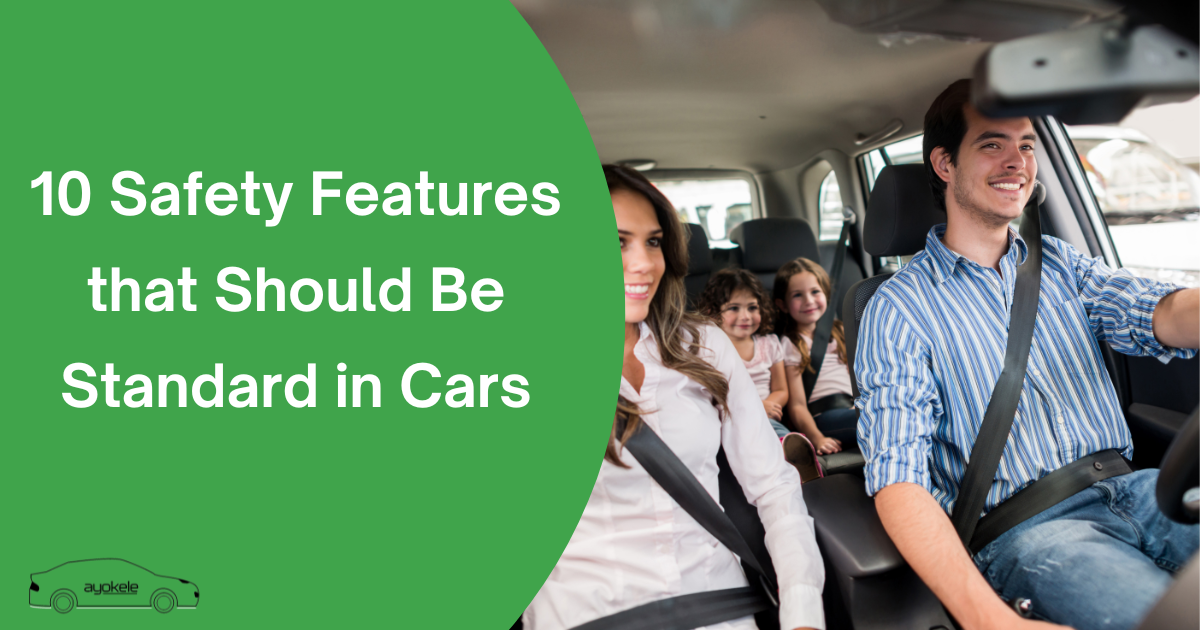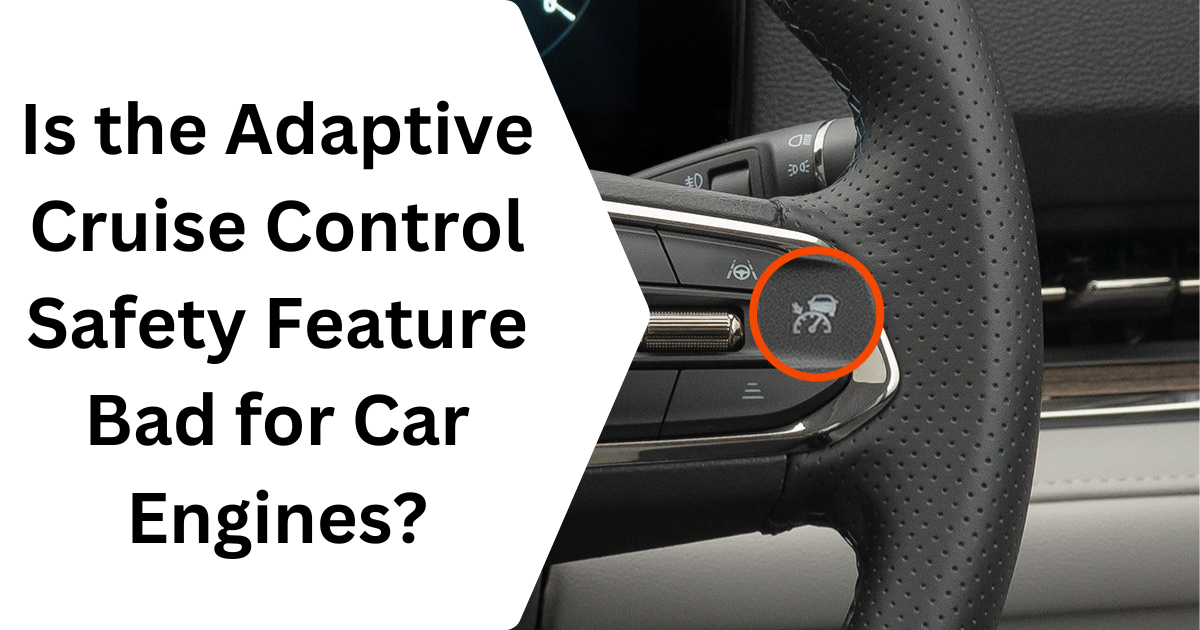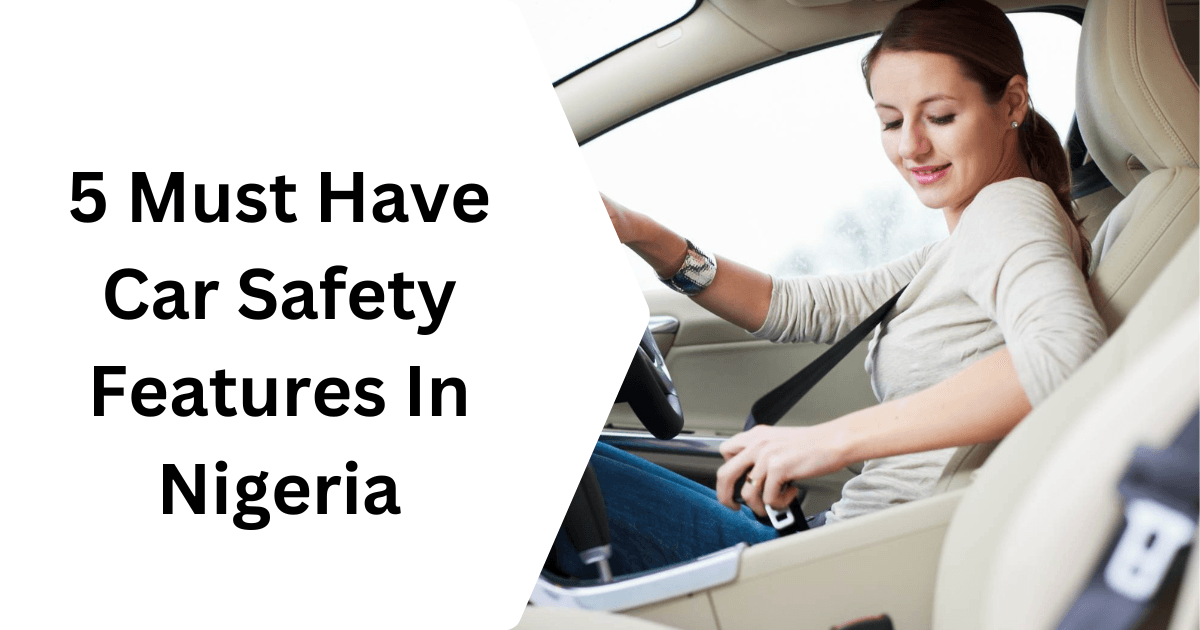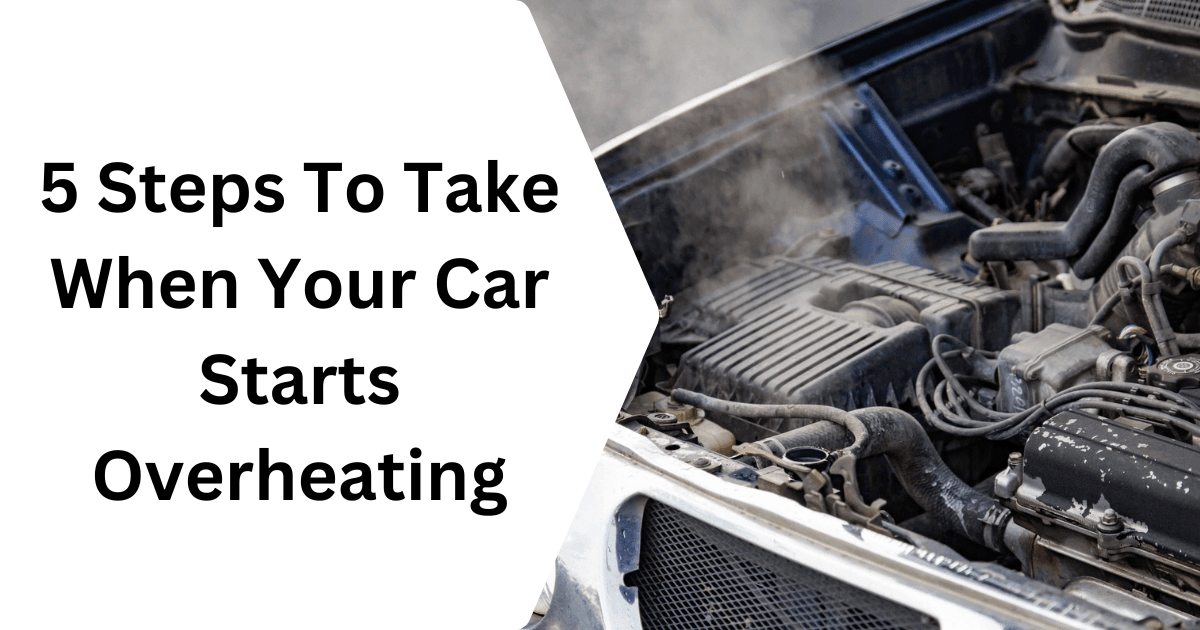Modern cars are much safer than those of the past, thanks to advances in technology and engineering. However, not all vehicles come with the same level of protection. Some safety features are so important that they should be standard in every car, regardless of price or model. Here are ten essential safety features that every car should have as standard equipment:
1. Anti-lock Braking System (ABS)
An anti-lock brake system, commonly known as ABS, is a technology that prevents wheels from locking up during sudden or hard braking. When a driver slams on the brakes, especially on wet or slippery roads, the wheels can stop rotating and start to skid, making it difficult to steer the car. ABS works by rapidly pulsing the brakes, allowing the wheels to keep turning and giving the driver better control over the vehicle’s direction.
This feature is especially important in emergency situations where quick reactions are needed. By maintaining steering control, ABS helps drivers avoid obstacles and reduces the risk of accidents. It also shortens stopping distances in many conditions, making it a crucial safety feature that should be standard in all cars.
2. Electronic Stability Control (ESC)
Electronic Stability Control (ESC) is designed to help drivers maintain control of their vehicles during extreme steering maneuvers, such as swerving to avoid an obstacle or taking a sharp turn too quickly. ESC uses sensors to monitor the car’s movement and steering input. If it detects that the car is starting to skid or lose control, it automatically applies brakes to individual wheels and may reduce engine power to help the driver regain stability.
ESC is particularly effective in preventing rollovers and spinouts, common causes of serious accidents. It is especially valuable on slippery or uneven roads, where losing control can happen quickly. By intervening before a dangerous situation, ESC greatly improves overall road safety and should be a standard feature in every modern car.
3. Airbags
Airbags are one of the most important safety innovations in automotive history. They are designed to inflate instantly during a collision, providing a cushion that helps protect the driver and passengers from hitting hard surfaces inside the car. Modern vehicles often come equipped with multiple airbags, including front, side, curtain, and even knee airbags, to offer comprehensive protection in various types of crashes.
Airbags can significantly reduce the risk of serious injury or death in an accident. They work in tandem with seat belts to absorb the force of impact and distribute it more evenly across the body. Because of their proven effectiveness, airbags should be a standard feature in all vehicles, regardless of price or model.
4. Seat Belt Pretensioners and Load Limiters
Seat belt pretensioners and load limiters are advanced features that enhance the effectiveness of seat belts. Pretensioners automatically tighten the seat belt in the event of a crash, pulling the occupant firmly into the seat and reducing forward movement. This quick action helps position the body correctly for maximum protection from airbags and other safety systems.
Load limiters, on the other hand, allow the seat belt to stretch slightly after the initial tightening. This controlled give reduces the force exerted on the chest, lowering the risk of injury. Together, these features make seat belts much more effective and comfortable, and they should be included as standard equipment in every car.
5. Traction Control System (TCS)
Traction Control System (TCS) is designed to prevent wheel spin during acceleration, especially on slippery or uneven surfaces. When the system detects that one or more wheels are losing grip, it automatically reduces engine power or applies brakes to the spinning wheels. This helps the car maintain traction and stability, making it easier to drive safely in challenging conditions.
TCS is particularly useful when driving in rain, mud, or on loose gravel, where losing traction can lead to dangerous skids. TCS helps drivers maintain control and avoid accidents by keeping the wheels from spinning uncontrollably. This feature is a valuable addition to any vehicle and should be standard in all modern cars.
6. Rearview Camera
A rearview camera provides a clear view of what is behind the car when reversing, helping drivers avoid obstacles, pedestrians, and other vehicles. The camera is usually mounted at the back of the car and displays the image on a screen. This makes parking and manoeuvring in tight spaces much easier and safer.
Rearview cameras are especially helpful in preventing accidents involving children or small objects that may not be visible through the rearview mirror. They also reduce the risk of damaging the car or property when backing up. Given their usefulness, rearview cameras should be a standard feature in every car.
7. Tire Pressure Monitoring System (TPMS)
Tire Pressure Monitoring System (TPMS) alerts the driver when one or more tires are under-inflated. Proper tire pressure is essential for safe handling, braking, and fuel efficiency. When tire pressure is too low, it can lead to blowouts, poor traction, and increased stopping distances, all of which increase the risk of accidents.
TPMS uses sensors to monitor the air pressure in each tire and warns the dashboard if the pressure drops below a safe level. This allows drivers to address the issue before it becomes dangerous. By helping maintain proper tire pressure, TPMS improves safety and should be standard in all vehicles.
8. Blind Spot Monitoring
Blind Spot Monitoring uses sensors to detect vehicles in the driver’s blind spots—areas that are not visible in the side or rearview mirrors. When a vehicle is detected, the system typically alerts the driver with a light on the side mirror or an audible warning. This helps prevent accidents during lane changes or merging.
This feature is especially useful on busy highways or in heavy traffic, where seeing every vehicle around you can be difficult. By providing an extra set of eyes, blind spot monitoring reduces the risk of side collisions and makes driving safer for everyone on the road.
9. Automatic Emergency Braking (AEB)
Automatic Emergency Brakes (AEB) detect an impending collision with another vehicle, pedestrian, or obstacle and automatically apply the brakes if the driver does not react in time. This can help avoid a crash altogether or at least reduce the severity of the impact.
AEB uses sensors, cameras, or radar to monitor the road ahead and can react much faster than a human driver. This feature is particularly valuable in city driving, where sudden stops are common. Making AEB standard in all cars would greatly reduce rear-end collisions and save lives.
10. Lane Departure Warning (LDW) and Lane Keeping Assist
Lane Departure Warning (LDW) alerts the driver if the car begins to drift out of its lane without signalling. This is especially helpful for preventing accidents caused by distraction or drowsiness. The system uses cameras to monitor lane markings and provides visual, audible, or haptic warnings to get the driver’s attention.
Lane-keeping assist goes a step further by gently steering the car back into its lane if the driver does not respond to the warning. These features work together to keep the vehicle safely within its lane, reducing the risk of side-swipe accidents and run-off-road crashes. They are important safety technologies that should be standard in every car.
These ten safety features are proven to save lives and reduce injuries on the road. Making them standard in all cars would ensure that every driver and passenger benefits from the highest level of protection, regardless of the vehicle’s price or class. When shopping for a car, always check for these features to ensure you and your loved ones are as safe as possible.




